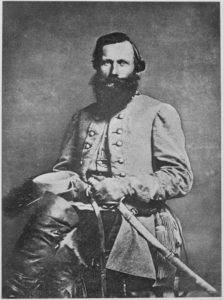Ken Habeeb on “A Sobering Look at the Union’s Ironclad Warship, and the Battle of Hampton Roads”
After some tentative and daunting test missions, the 172-foot USS Monitor, called the “Yankee Cheese Box on a raft,” or labeled more soberly by some, the “iron coffin,” set sail for Hampton Roads, Virginia, to stop the Confederates’ own ironclad vessel from wreaking havoc on the Union’s fleet of wooden war ships in harbor. Its nemesis was a 263-foot “floating barn roof,” a Northern-built vessel salvaged by the Confederates and re-christened the CSS Virginia.
Although the battle was something of a stand-off, it was viewed by the South as a victory when the somewhat superior Monitor could not finish the job it started. The USS Monitor was a technical feat of engineering, and yet deeply flawed. In what way? And what qualities does the USS Monitor share some fifty years later with the innovative and idiosyncratic architecture of Frank Lloyd Wright?
Kenneth Habeeb has written for and edited a number of magazines. He is a fervent U.S. history scholar. He is also program director of the Peninsula Civil War Round Table, and an officer of the California Map Society.



